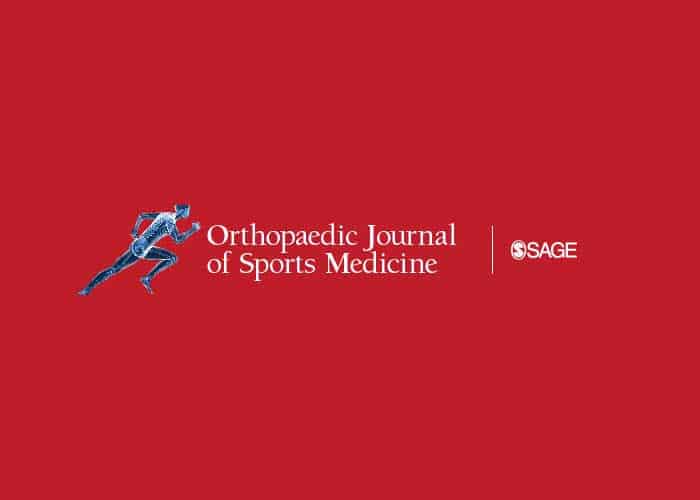
OJSM 2016
Background: Lateral compartment osteoarthritis of the knee can be a challenging pathology in the younger, active population due to limited treatment options and high patient expectations. Distal femoral osteotomy (DFO) has been reported to be a potential treatment option.
Purpose: To perform a systematic review on the survival, outcomes, and complications of DFO for treatment of genu valgum with concomitant lateral compartment osteoarthritis of the knee.
Study Design: Systematic review; Level of evidence, 4. Methods: A systematic review of the literature was performed using the Cochrane Database of Systematic Reviews, the Cochrane Central Registry of Controlled Trials, PubMed, and MEDLINE from 1980 to present. Inclusion criteria were as follows: outcomes of opening- and closing-wedge DFOs performed for treatment of genu valgum with concomitant lateral compartment osteoarthritis of the knee, English language, minimum 2-year follow-up, and human studies. Data abstracted from the selected studies included type of osteotomy (opening vs closing), survival rate, patient-reported and radiographic outcomes, and complications.
Results: Fourteen studies met the inclusion criteria and were considered for the review. A total of 9 closing-wedge and 5 openingwedge DFO studies were included. All were retrospective studies and reported good to excellent patient-reported outcomes after DFO. Survival decreased with increasing time from surgery, with 1 study reporting a 100% survival rate at 6.5 years, compared with 21.5% at 20 years in another study. A low rate of complications was reported throughout the review.
Conclusion: Highly heterogeneous literature exists for both opening- and closing-wedge DFOs for the treatment of isolated lateral compartment osteoarthritis with valgus malalignment. A mean survival rate of 80% at 10-year follow-up was reported, supporting that this procedure can be a viable treatment option to delay or reduce the need for joint arthroplasty. A low complication rate was observed, with symptomatic hardware being the most prevalent postoperative complication.
